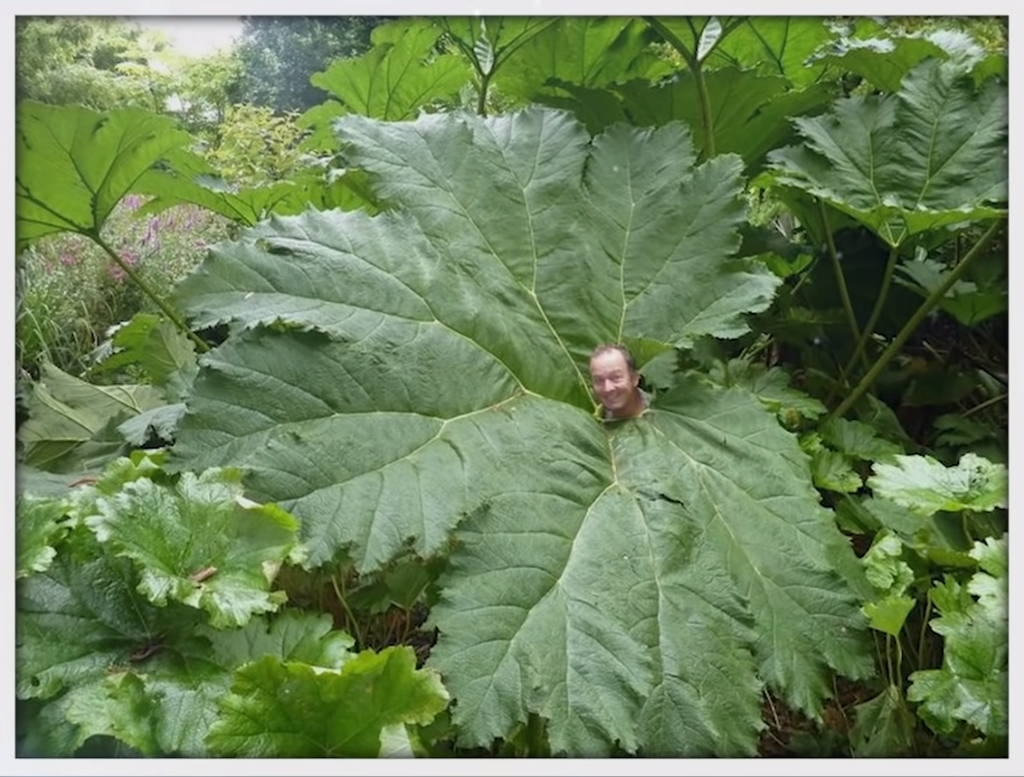Amazed: There is a land like a fairy world, anyone who comes to feels like a tiny person.
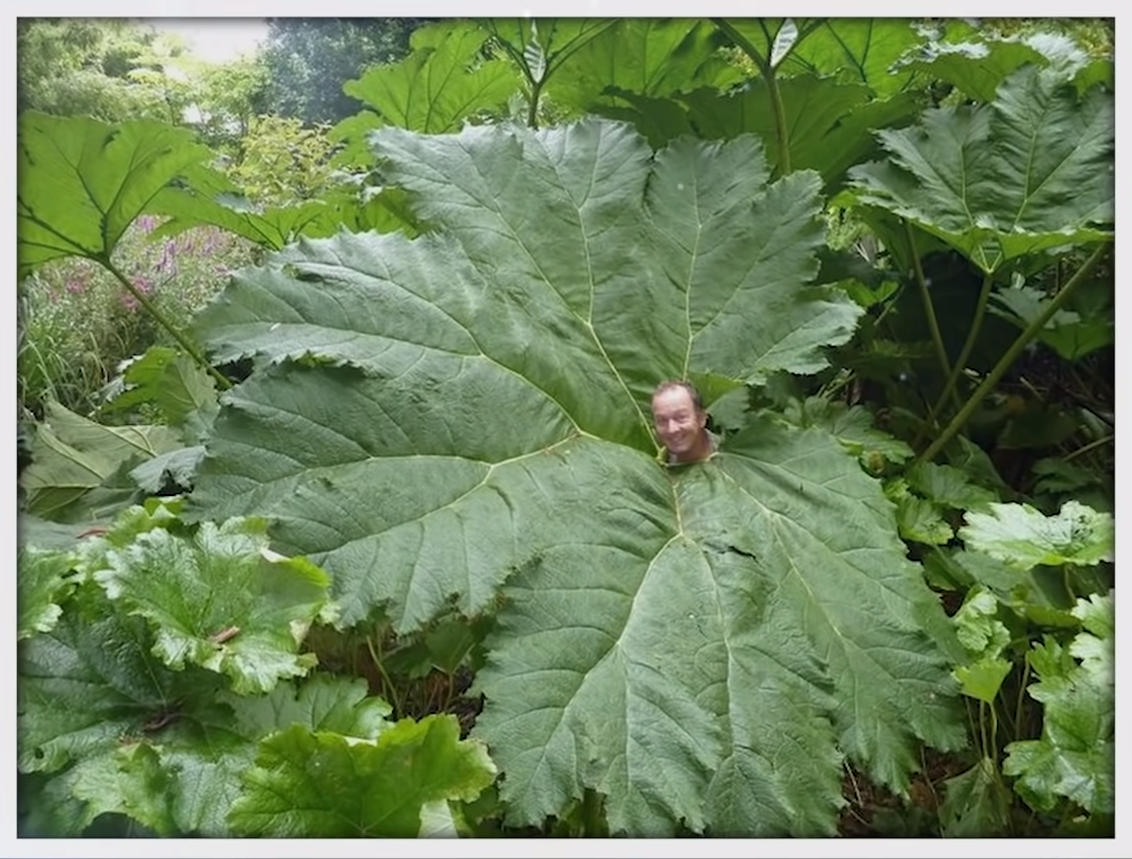
In life, there are strange things that make many people believe that only in the fairy world. However, in real life, there are still lands where people have to say: “Fairy is real!”.
The solution to the “wettest” place in the world – a tree root bridge that can last for more than 500 years.
In northeastern India, near the Bangladesh border, the state of Meghalaya is full of green mountains with dense tropical forests, and it rains a lot every year.
Mawsynram village is home to nearly 12,000 mm of rain per year, winning the title of “wettest place on Earth”. While rain causes all things to flourish, this natural phenomenon has long plagued the local Khasi people, who live deep in the Meghalaya jungles.
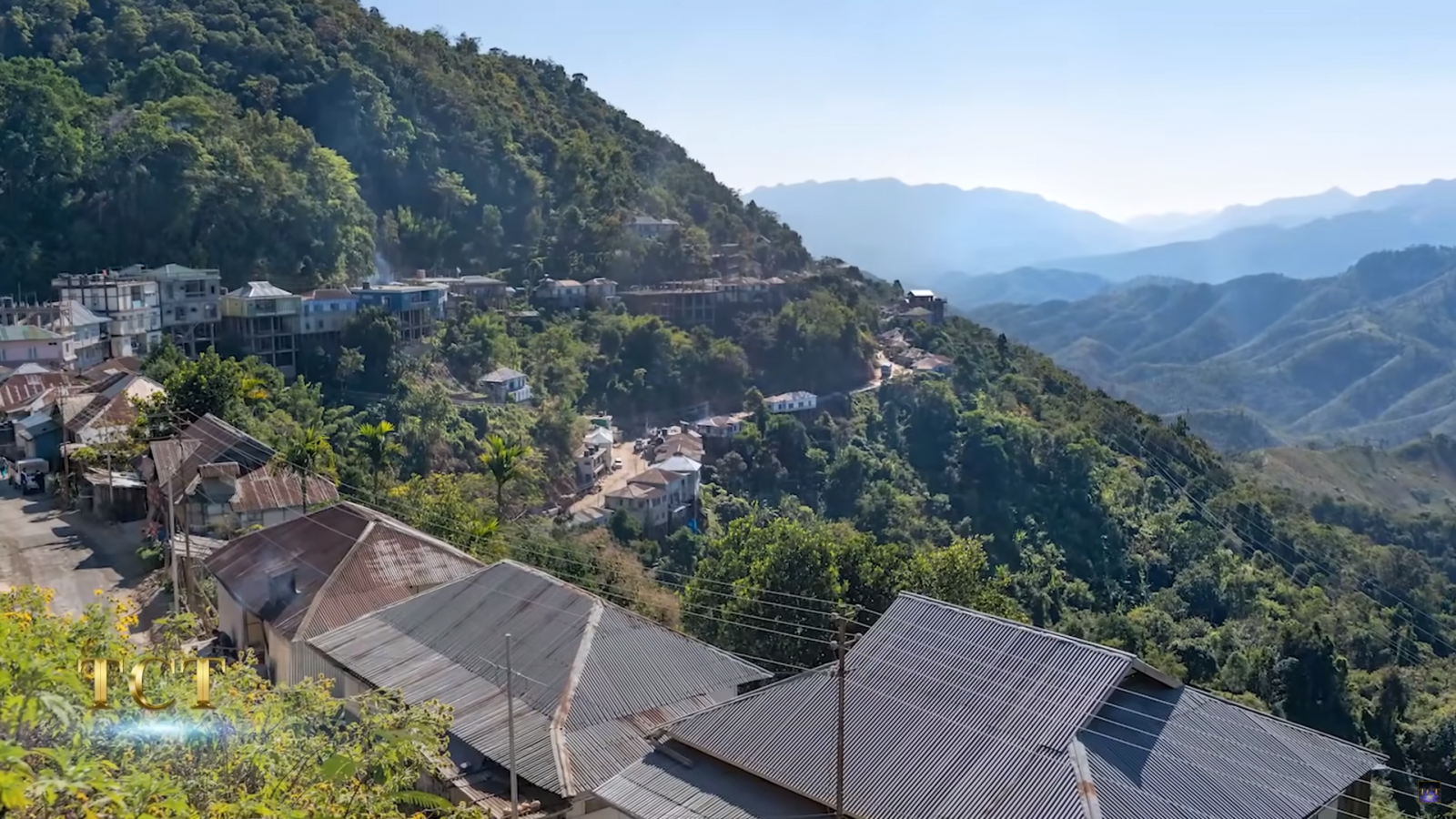
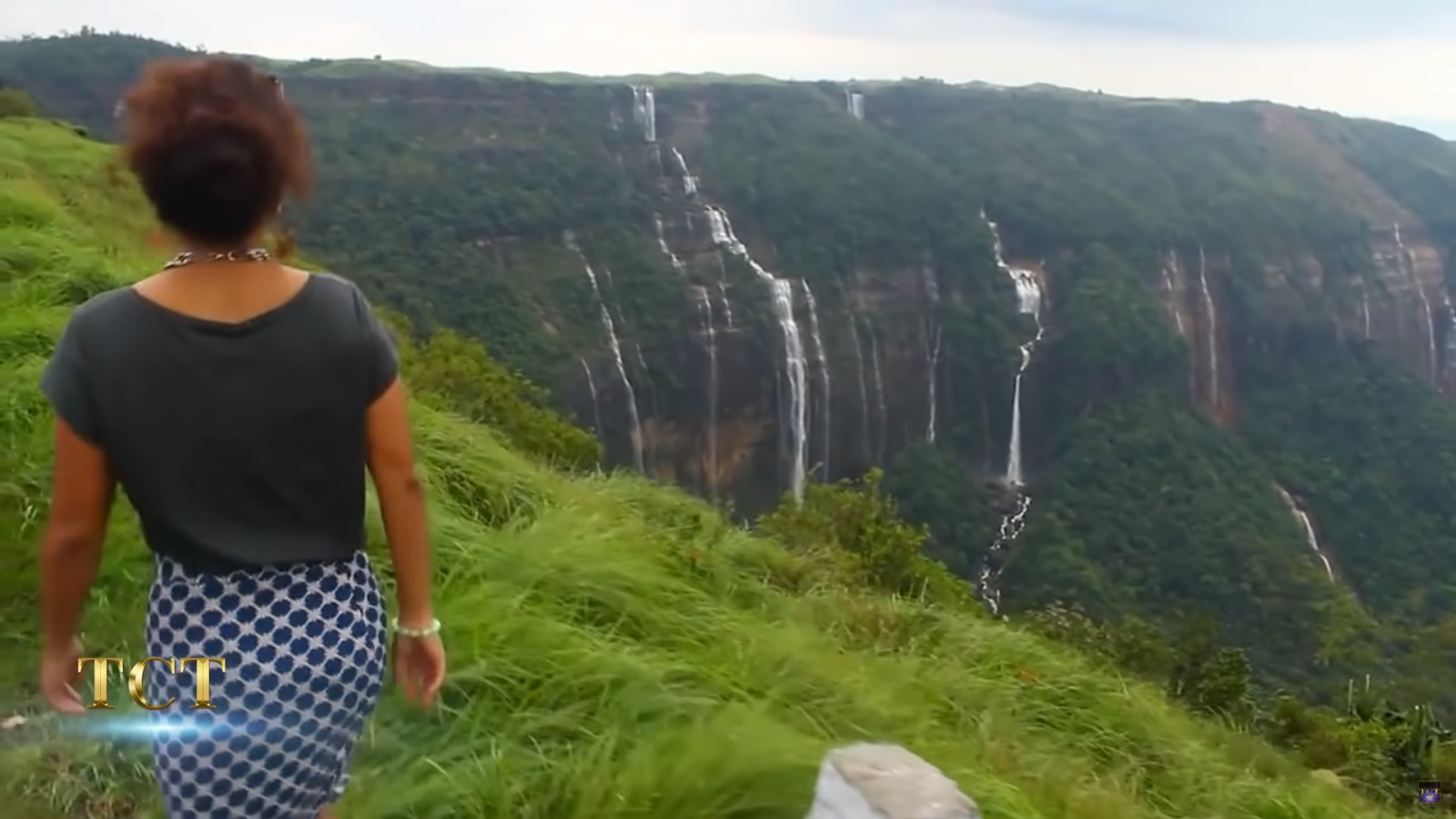
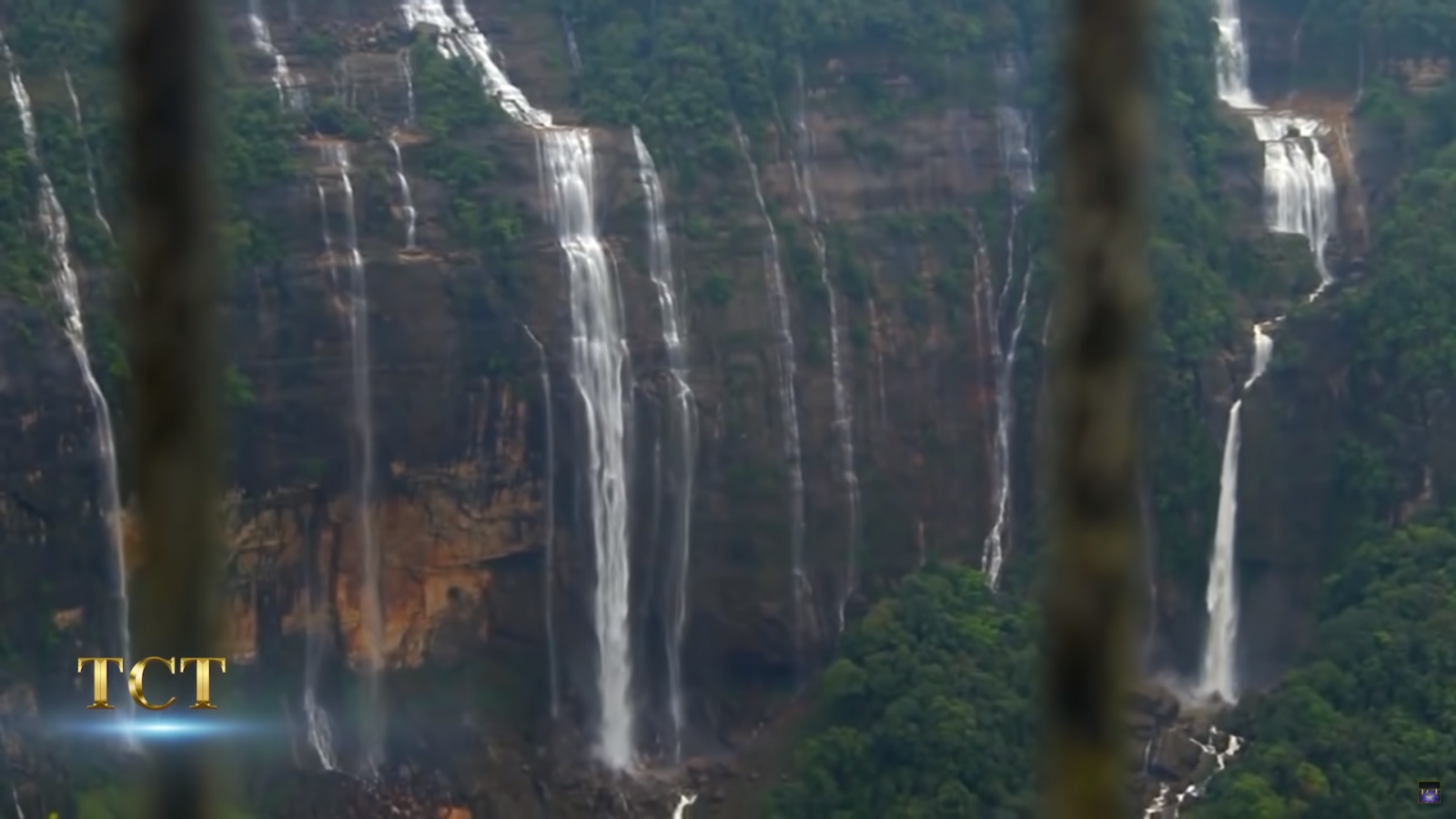
During the rainy season from June to September, torrents of water following downpours pour into the deep valleys of the state, making it impossible for people to walk back and forth on either side of the stream.
The mountains of Meghalaya are the first obstacle to the monsoon that carries moisture from the Bay of Bengal northward, and into the plains of Bangladesh.
The winds blow through the narrow valleys, hitting the cliffs and quickly rising to higher altitudes, thereby causing water accumulation and torrential downpour. Heavy rains pour water into rivers, forming waterfalls that cascade down the mountainside.
In the past, the Khasi aboriginal people used to make bamboo bridges across streams. But such bridges don’t withstand heavy rains, quickly decaying, making it impossible to cross the banks.
Amazing solution
About 180 years ago, the Khasi elders found another solution. Rubber tree roots are threaded into hollow tubes made of areca tree trunks, extending out into the middle of the river.
The roots are carefully cared for for many years, until they grow to the other side and form a framework, and gradually become a bridge strong enough for people to cross.
It can take 15 to 20 years to build a strong, strong network of tree-root bridges connecting two riverbanks. Different from the traditional construction, the tree root bridge in Meghalaya is getting stronger and stronger and never needs to be maintained or rebuilt. The strongest bridges are over 100 years old.

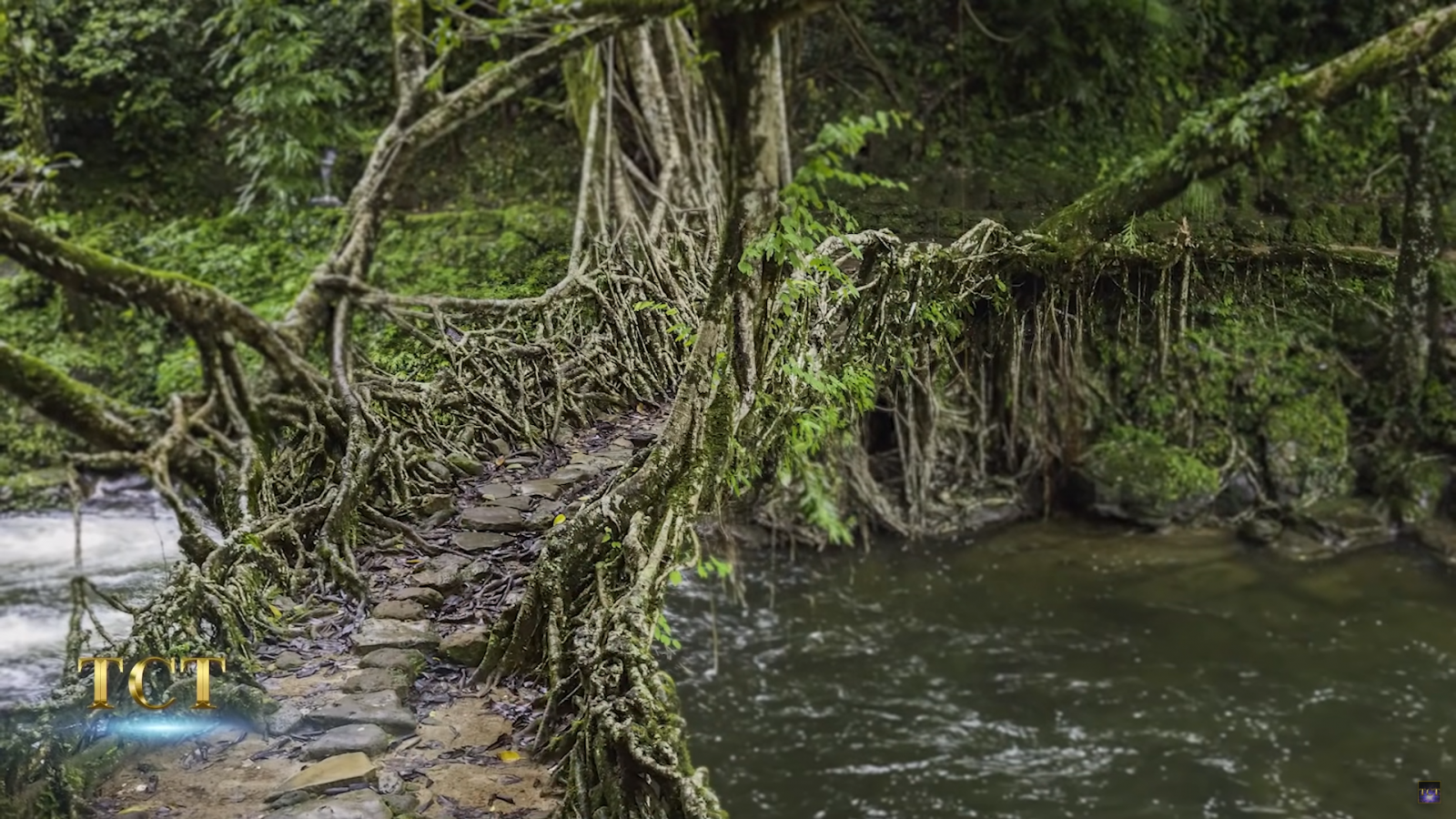
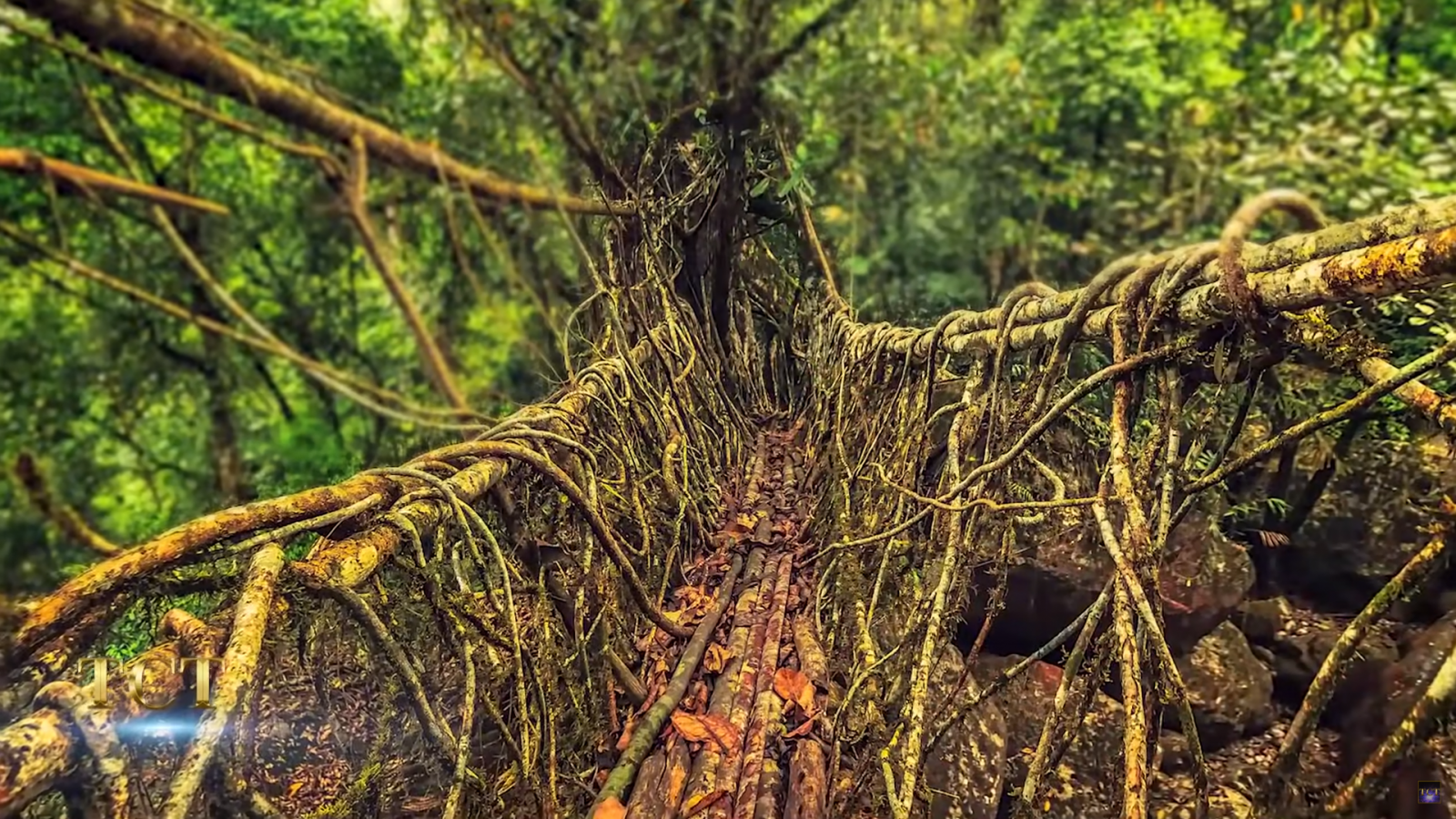
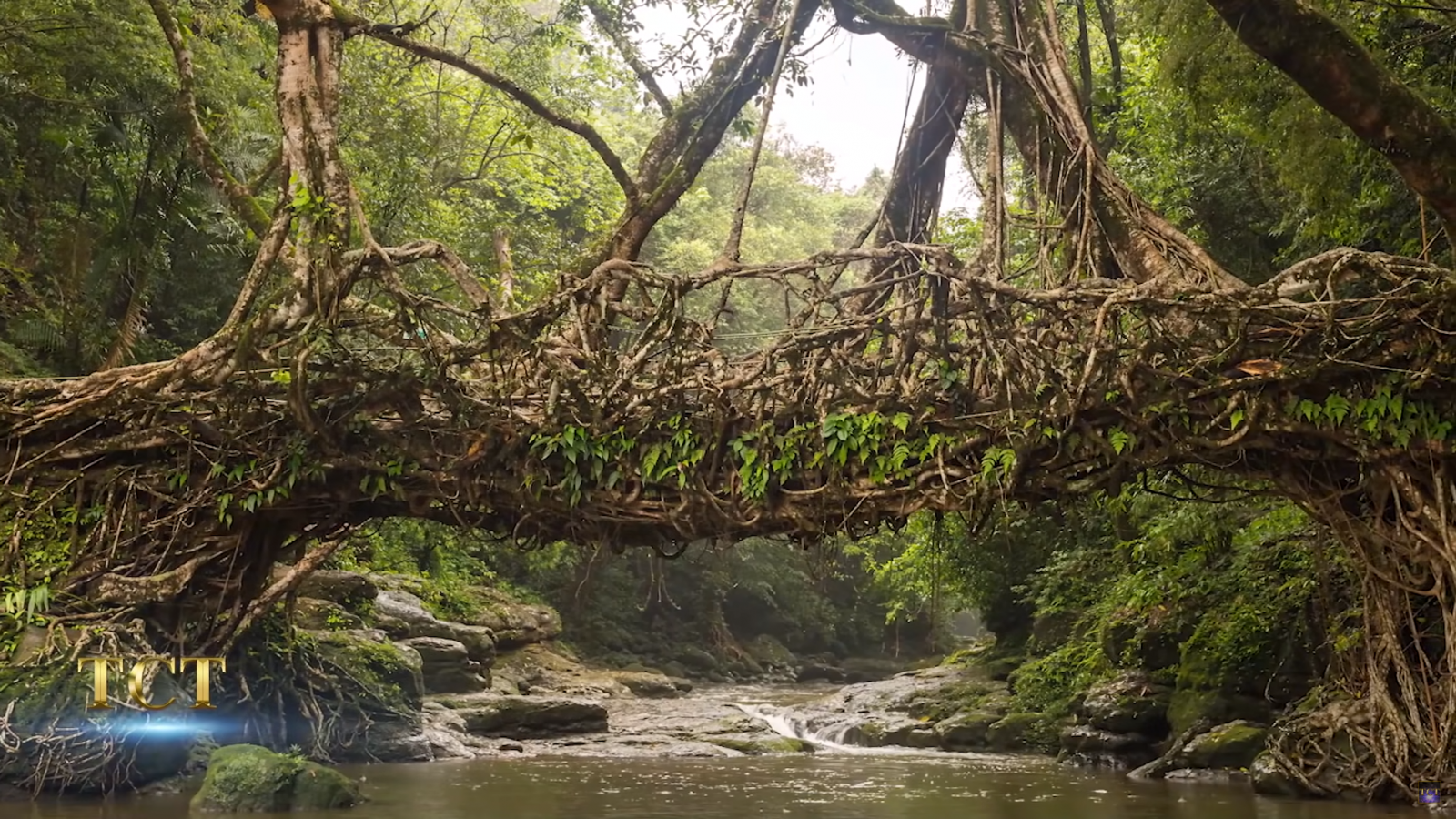
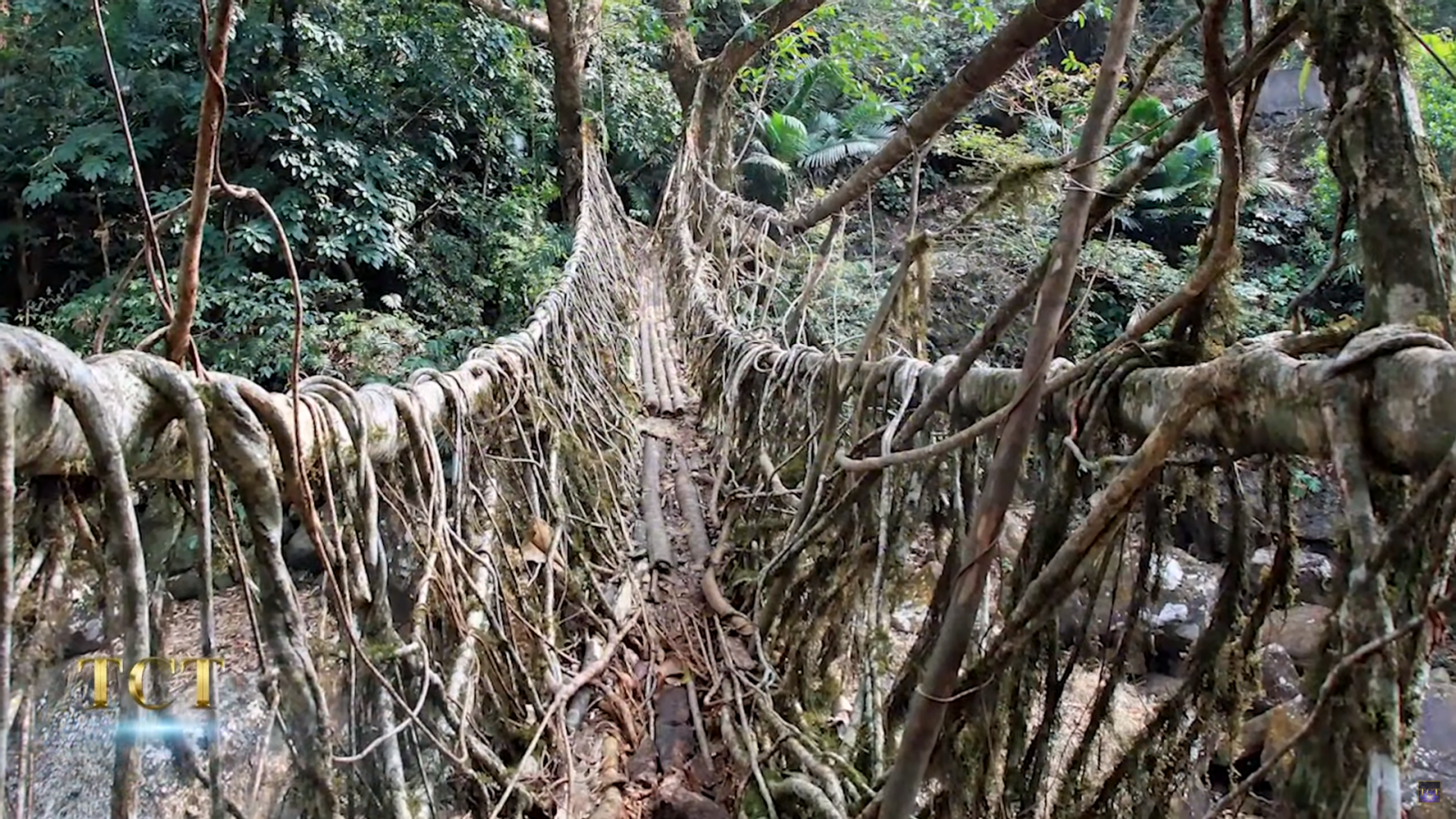
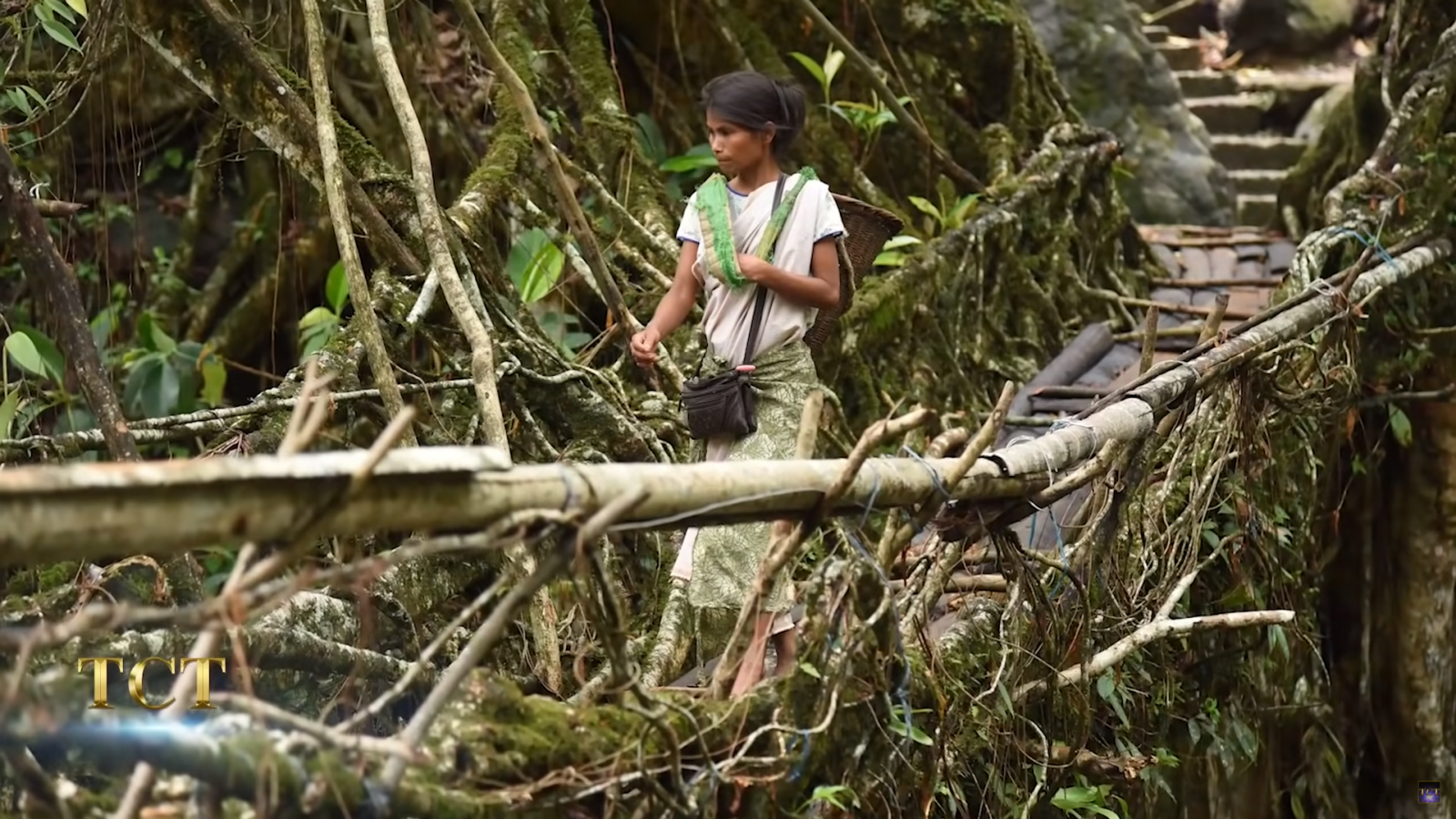
However, in the past 25 years, bridge making from living trees is gradually disappearing. Instead of spending years building such bridges, builders today adopt modern construction methods, using steel cables to bridge the rivers and streams in Meghalaya.
But today there are still many bridges made of living trees that cross across the Meghalaya valleys inhabited by the Khasi people, but the most amazing and perhaps the most famous is the more than 180-year-old Umshiang two-tiered bridge.
This bridge is located just outside of Nongriat, a small village accessible only on foot, 10km south of Cherrapunji town. Two floors of the bridge span the Umshiang River, and villagers are adding a third floor in the hope of attracting more tourists.
The strange land makes the plants grow tall and giant like in the fairy world
In life, there are strange things that make many people believe that only in the fairy world. However, in real life, there are still lands where people have to say: “Fairy is real!”.
And one of the magical lands like that fairy world is the island of Sakhalin, located in the Far East of far Russia, adjacent to Japan. Here, anyone who comes here will feel like they have turned into a small person because the trees and plants here are many times larger than their normal size elsewhere.
In late 2021, photos of these giant plants – including buckwheat, burdock and avocado trees – believed to grow in Sakhalin and some of the Kuril islands went viral on social media. Russian Association.
Netizens have left mixed opinions, some claiming that they themselves grew up in the Far East so they confirmed the height of the trees, others doubted, for that it’s product of photoshop.
Sakhalin is known as the largest island in the Russian Federation, and is part of the Sakhalin Oblast. This island is one-fifth the size of Japan, located right on the east coast of Russia, and just north of the coast of the Japanese island of Hokkaido.
A special feature in this island is that the mollusks can grow many times more than normal, even super giant.
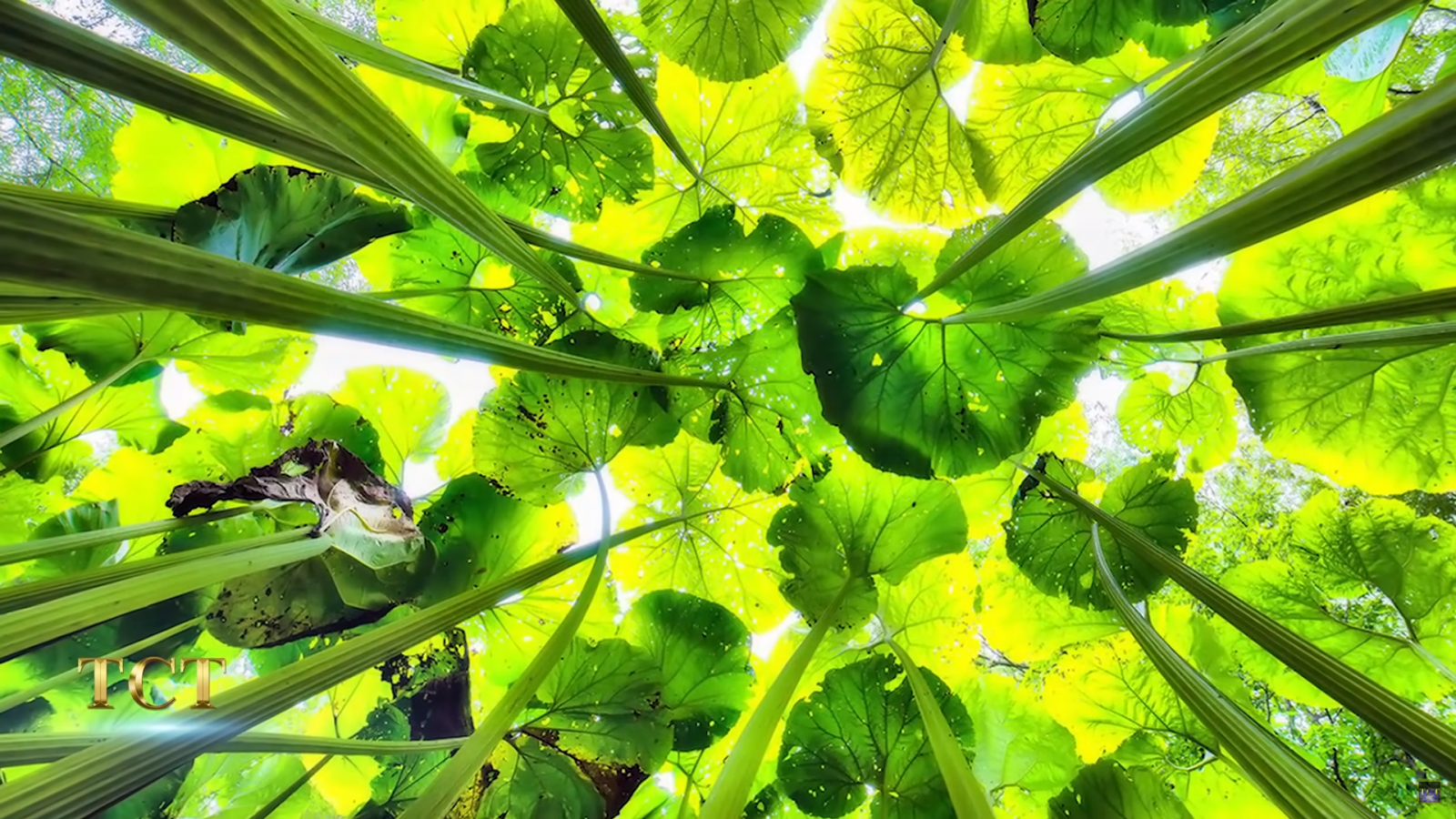
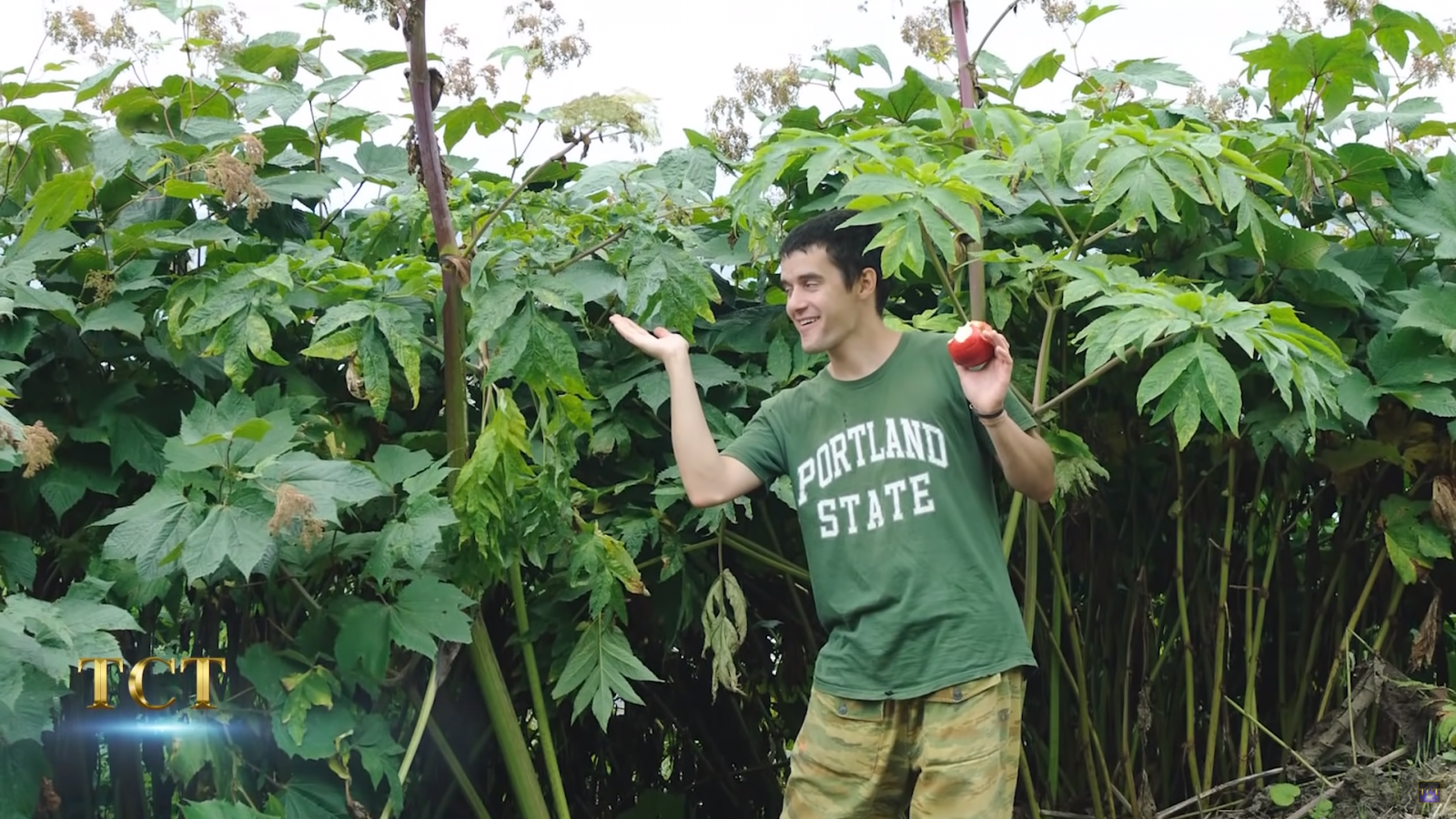

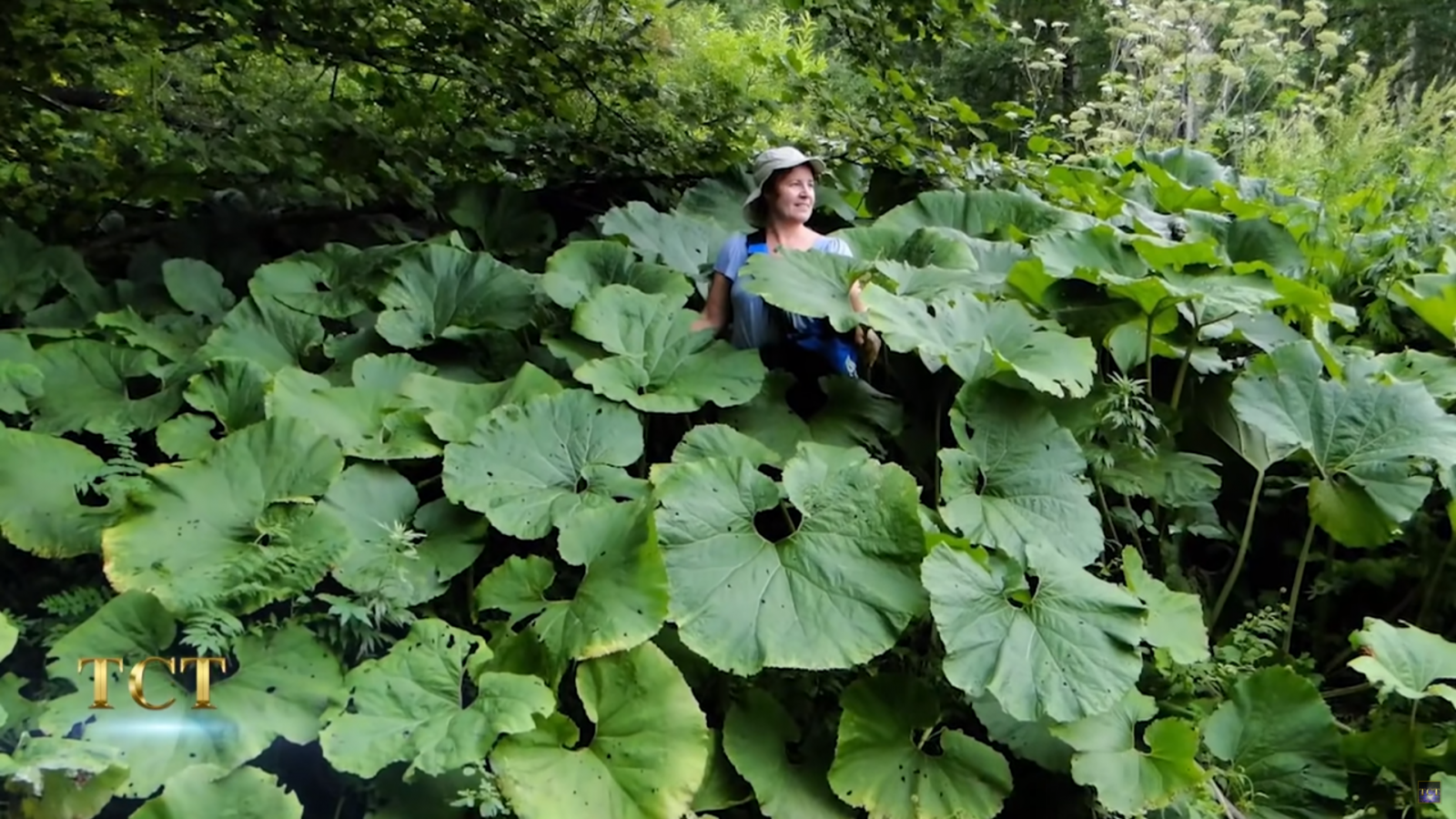
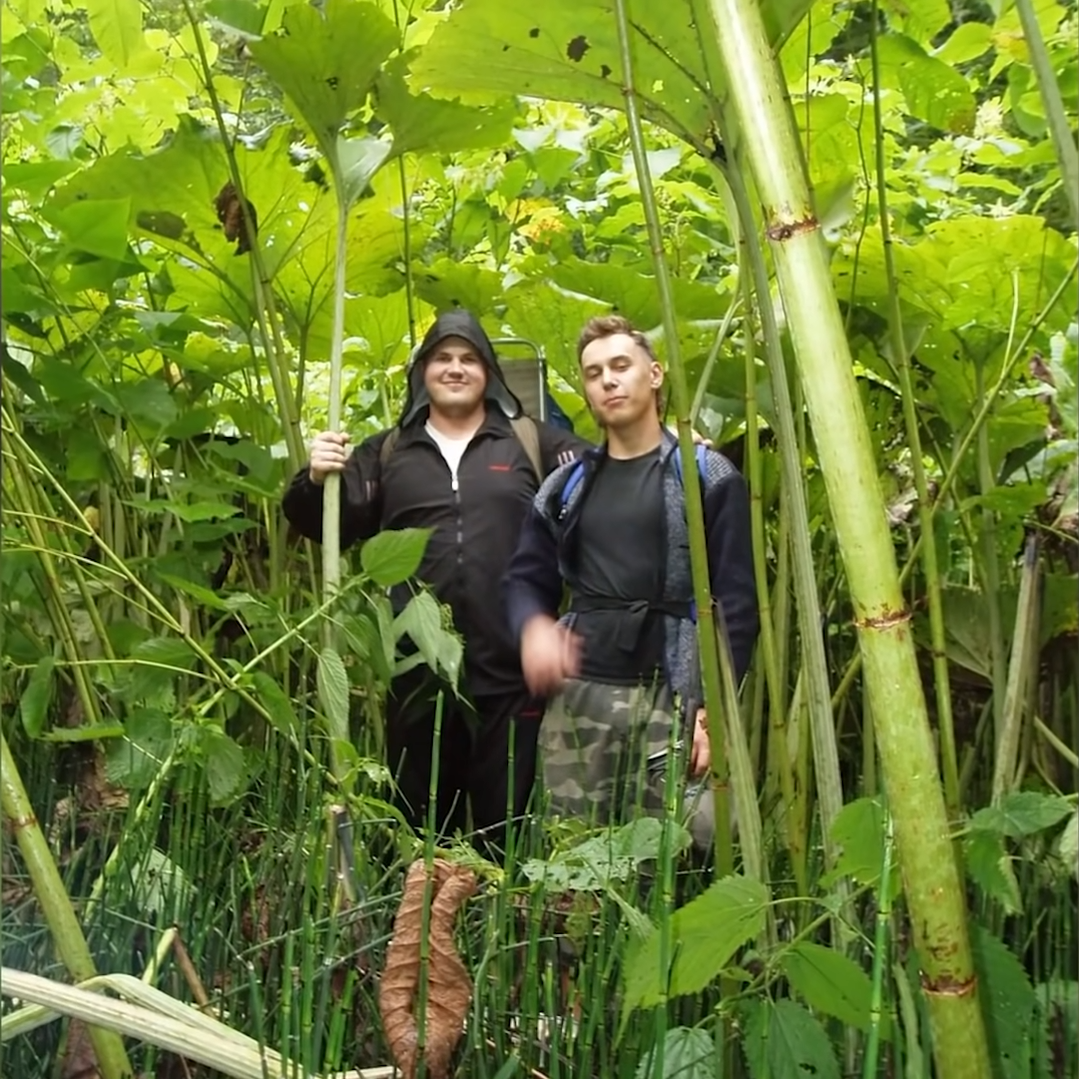
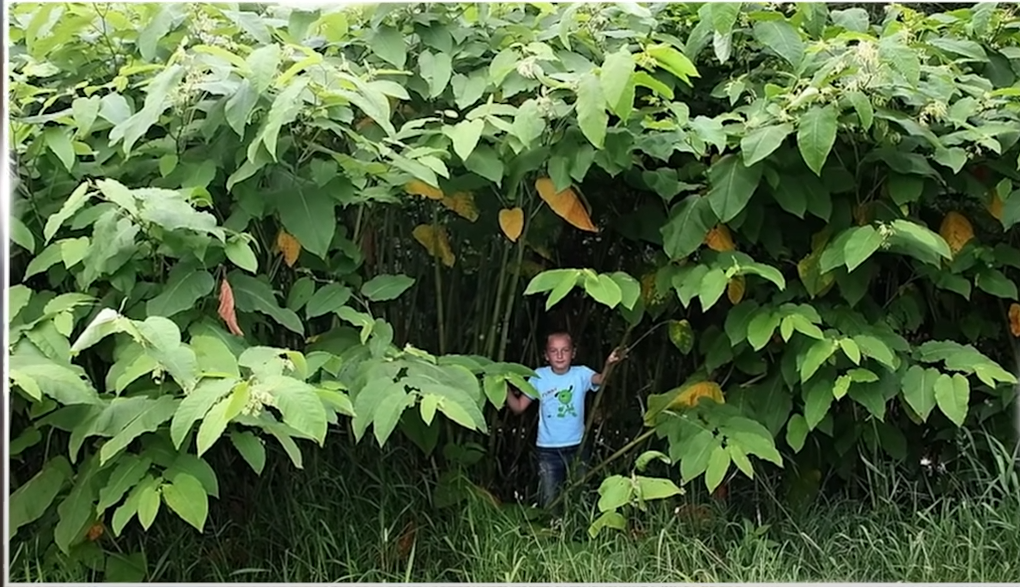
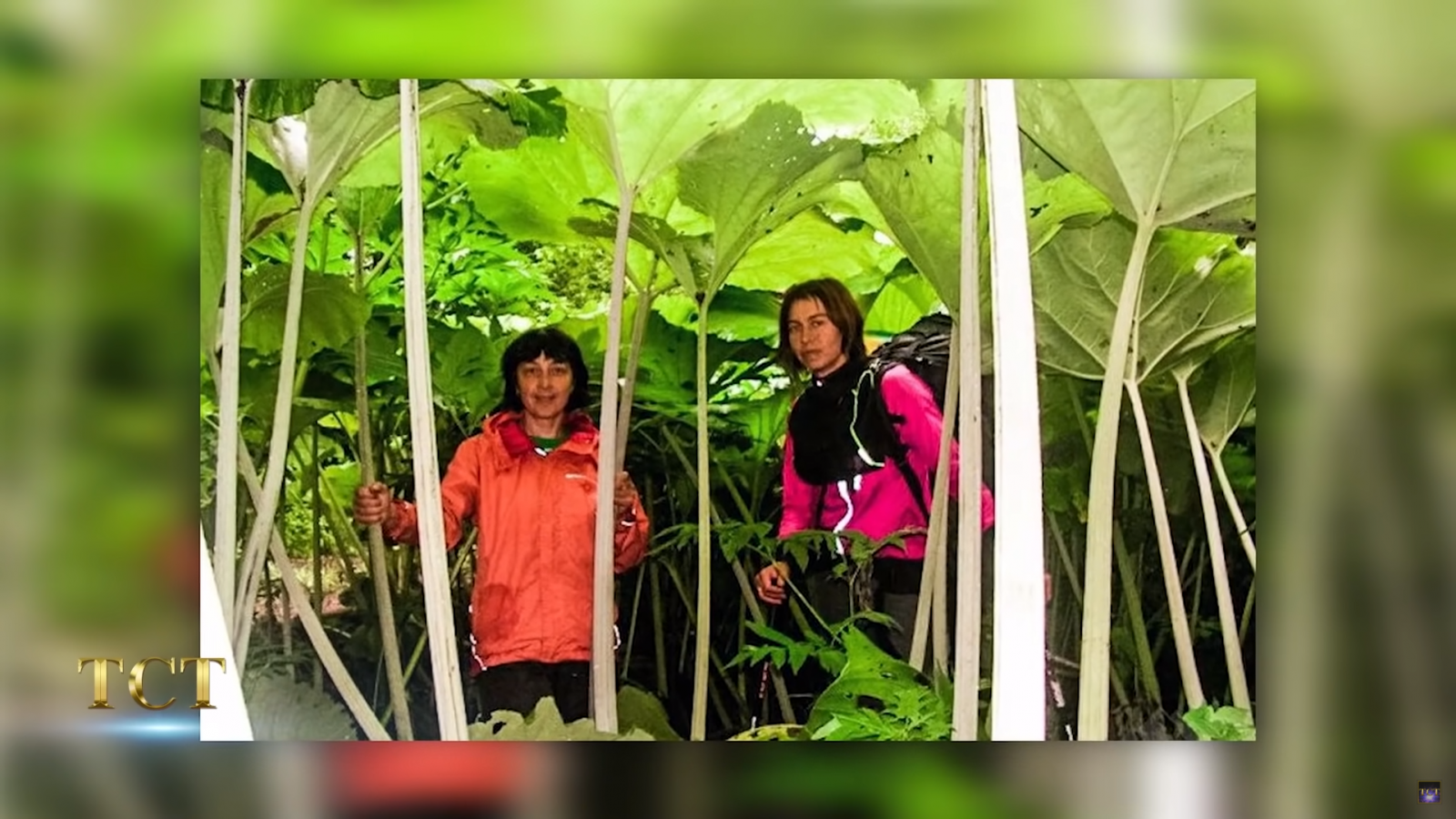
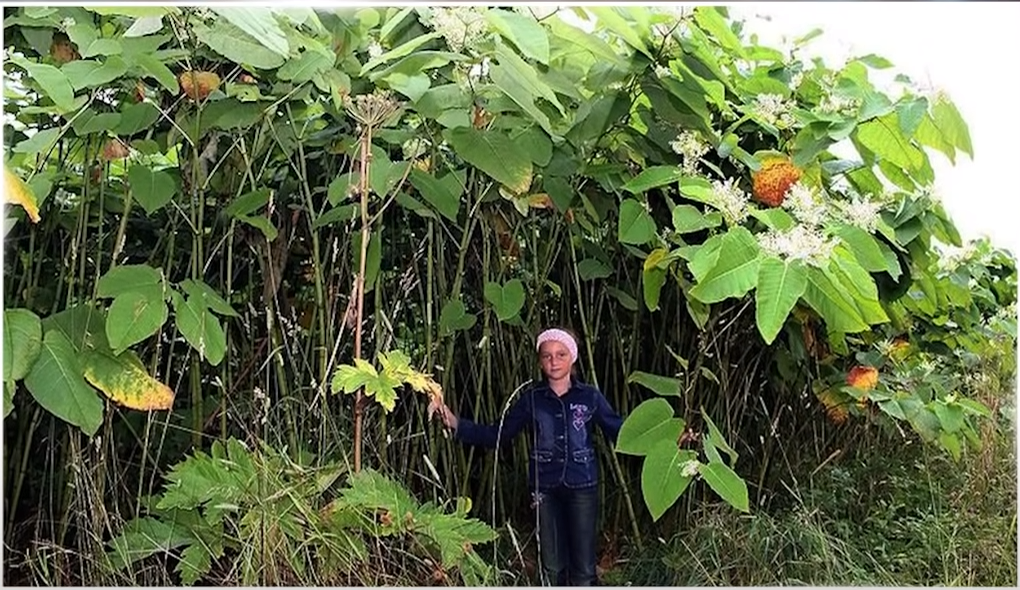
Plants normally only reach an adult’s knee, but because of growing on this island, they become several times larger than a human’s height.
According to a 2009 report in the Russian newspaper Izvestia, the country’s scientists have long studied the giant plants that grow in certain parts of the island of Sakhalin. For example, buckwheat can grow up to 3 meters tall, burdock leaves up to 5 meters tall. It sounds like something out of a “Jack and the Beanstock” fairy tale, but the photos of the giant trees that have been widely shared and circulated on social media show that they are all real.
Researchers from the Institute of Marine Geology and Geophysics and the Russian Academy of Sciences said they carried out studies of unusually large herbaceous plants in 12 different regions, located to the east of the country. South of the islands of Sakhalin and Kunashir.
They found that the giant plants only grow in certain areas of the islands.
The scientists also tried removing them from this environment, and planting them elsewhere, when they just grew to normal sizes.
This shows that the impressive size of these trees has nothing to do with the type of plant themselves. Because when planted elsewhere, they will grow to their normal size.
What happened here?
The reason is that the place where plants became huge lies on the faults of the Earth’s crust, through which large amounts of heat and petroleum hydrocarbons are supplied to plant roots.
Higher concentrations of copper and chromium compounds were also identified as a potential factor promoting their extraordinary growth.

